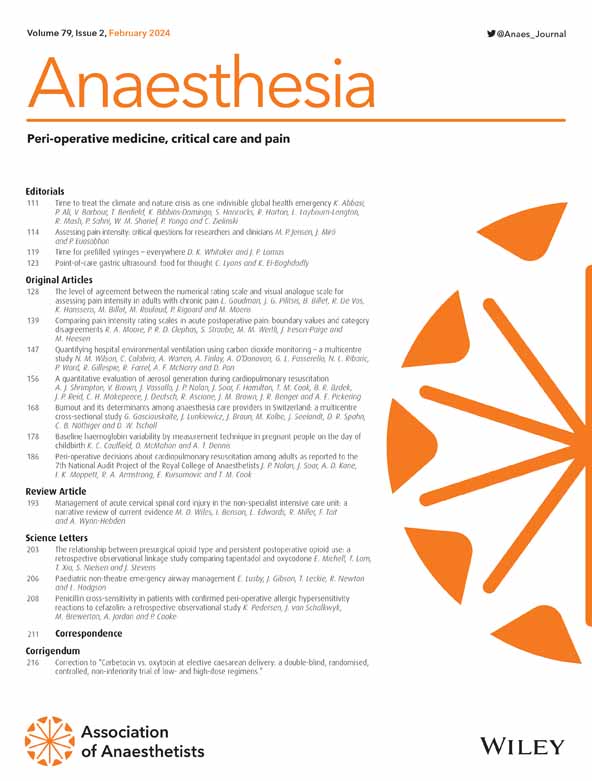Impact of honey on post-tonsillectomy pain in children (BEE PAIN FREE Trial): a multicentre, double-blind, randomised controlled trial*
Abstract
Introduction
Tonsillectomy, a common childhood surgery, is associated with difficult postoperative recovery. Previous reviews provided low-grade evidence that honey may improve recovery. The BEE PAIN FREE study investigated whether honey alongside multimodal analgesia improved the recovery trajectory in children following tonsillectomy.
Methods
A prospective randomised controlled trial was conducted across three centres in Western Australia. Children undergoing extracapsular tonsillectomy by coblation were allocated randomly to one of four postoperative treatment groups: standard treatment alone; Marri honey (from Western Australia); Manuka honey (from Western Australia); or placebo. The intervention groups took 5 ml of honey or placebo, six times a day, for at least 7 days, in addition to usual discharge analgesia (standard treatment). Data for daily pain scores, Parents' Postoperative Pain Measure scores, medications and unplanned re-presentations were collected.
Results
A total of 400 children were recruited; 20% were lost to follow-up or withdrew. The mean number of honey doses taken varied between 2 and 3 doses per day over 7 days. Treatment with honey at this frequency did not impact postoperative pain scores significantly, with all groups showing similar trajectories. These findings did not alter with as-treated analysis or using imputed models for missing data. Most children experienced significant pain until around postoperative day 8. Children allocated to the honey and placebo groups showed some improved oral tolerance around day 6 but had increased vomiting during earlier days. There were no clinically significant differences in medical re-presentations, simple analgesia or oxycodone usage between groups.
Discussion
Two to three doses daily of oral honey/placebo in children post-extracapsular tonsillectomy for 7 days, in addition to regular paracetamol, ibuprofen and as required oxycodone did not result in a clinical improvement in pain or recovery over a 14-day follow-up period.


 求助内容:
求助内容: 应助结果提醒方式:
应助结果提醒方式:


